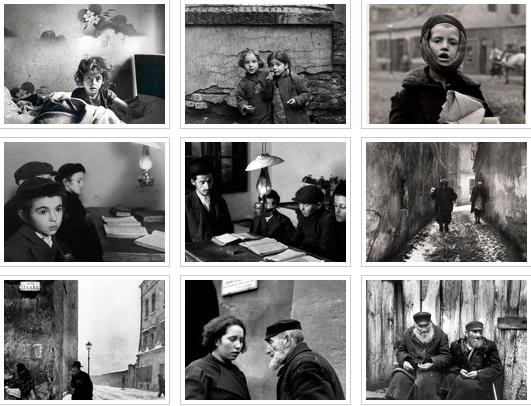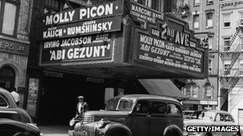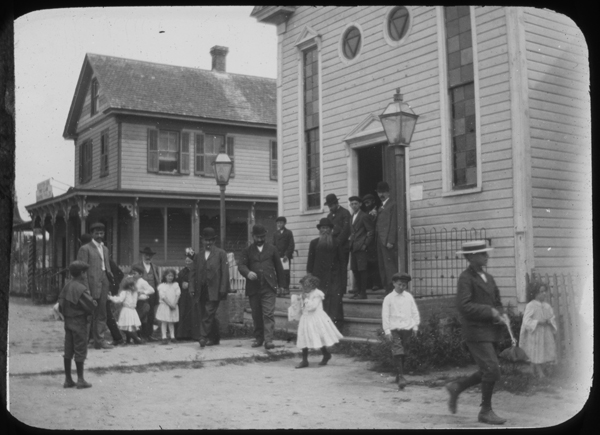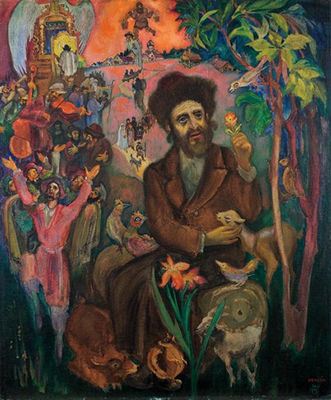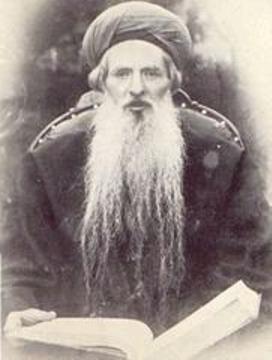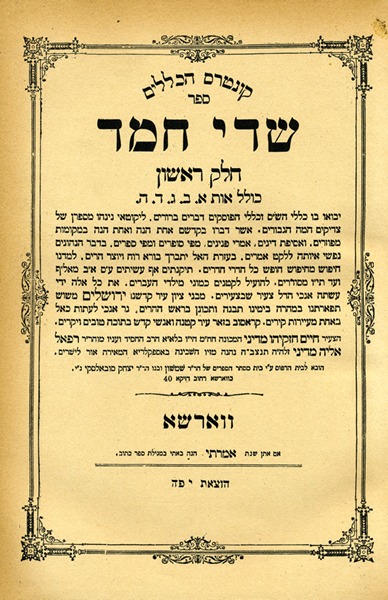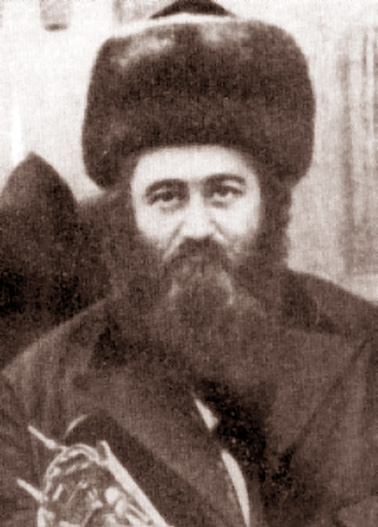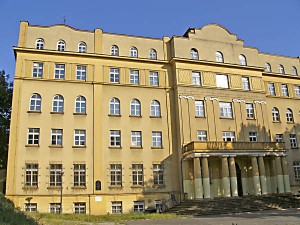
At the international convention of Agudas Yisrael in Vienna in August 1923, Rabbi Meir Shapiro introduced two revolutionary ideas to the Jewish world. The first was daf hayomi – the study of one page of the Talmud daily and in unison by Jews throughout the world. His second great idea was to make a universal yeshiva in Poland, one that would be different from other yeshivas. Not only would the students be top quality inside and out, but their building would be too.
Yeshivas in Europe, for all the greatness they represented spiritually, were not architectural masterpieces by any stretch of the imagination. It was not like today where yeshivas in Eretz Yisrael and the United States have nice buildings. They even have dining rooms (with food) and dormitories. That is not the way it was. The yeshivas in Europe were often in impoverished areas and looked it.
Rav Shapiro wanted to raise the prestige of the Torah student and the community rabbi in the eyes of the masses of Polish Jewry. This prestige had been sorely diminished by the ravages of Haskalah, socialism and communism, as well by secular Zionism. He envisioned creating a magnificent institution, both physically imposing and spiritually inspiring, that would help stem the tide of assimilation and loss of Torah observance that was then affecting Polish Jewry.
He had a friend, Shmuel Eichenbaum, one of the wealthiest Jews in Lublin, who owned an empty lot, Lubitrovska 57, which was like owning a piece of land on Fifth Avenue in New York City. He turned to him and said, “Shmuel, give me that piece of land and we’re going to build a yeshiva there.”
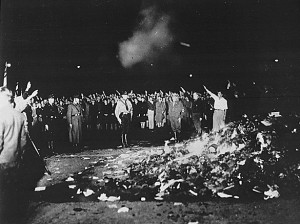
And his friend, a great man, gave it to him. In 1924 on Lag BaOmer, some 50,000 Jews came to the cornerstone laying for the yeshiva. It was a major event in media also. Rav Shapiro brought the heads of the Polish government there too and he spoke in Hebrew, Yiddish and Polish – and famously quipped, “Now we have everything — but the money.”
To help raise the money, he became the rabbi of Pietrokov, which gave him a financial base with which to raise funds for the yeshiva. He needed $150,000 to complete the building – which today would be millions and millions of dollars. Therefore, he came to the United States, staying almost a year and a half during 1927 and 1928, collecting money.
In 1928, he resigned from Parliament to devote himself to finishing the yeshiva. When completed the yeshiva was magnificent. It had gold Hebrew letters on it, a garden and landscaping, a dormitory, electricity – and even indoor plumbing! It had a library of 20,000 volumes that he wanted to increase to 100,000 volumes. (The Nazis burned the entire library in one night in the street in front of the yeshiva.) Rav Shapiro even had a miniature Temple built in the lobby.
It truly was a different yeshiva.
In 1930, the yeshiva opened amidst great celebration in Jewish Poland. Marshall Pilsudski himself, the head of the Polish government, came to the opening.
By 1933 the debt of the yeshiva was so great that he felt compelled to make an agreement with the Jews of Lodz to become their Rav if they paid off all the debts of the yeshiva in Lublin. They agreed. And he fully intended to leave Lublin in order to go to Lodz, but he became sick. In 5694/1933, on the sixth day of Cheshvan, Rav Meir Shapiro passed away. He was 46 years old.
His death made an impression upon the entire Jewish world. Hundreds of thousands of people attended. All Poland stopped — not just Jewish Poland.
In his will, he said that if the yeshiva failed, then all the land and the building should go to the Jewish elementary school in Lublin. The yeshiva did not fail. Poland failed. The Jewish community was destroyed. But the building still stands today.

